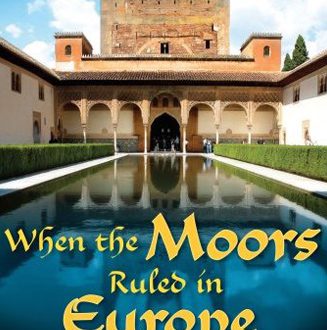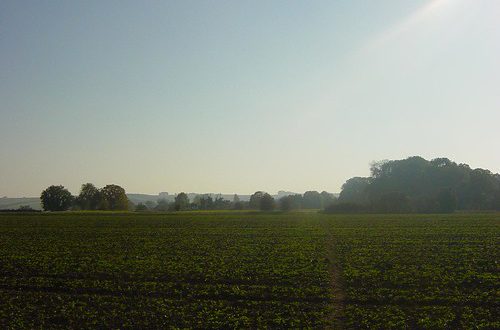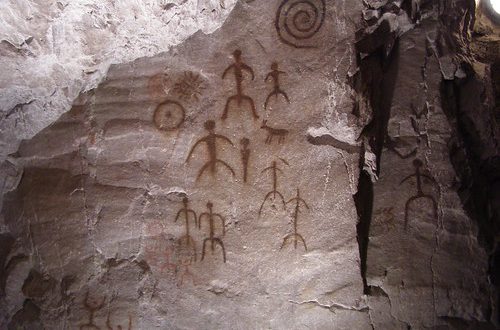Two large tombs have been discovered at the ancient Egyptian necropolis of Saqqara – one of which is the largest ever found at the site. The 26th Dynasty tombs, likely robbed during the Roman era, are nonetheless filled with important arefacts including coffins, skeletons, pottery and mummified eagles.
The tombs, discovered by an Egyptian archaeological mission from the Supreme Council of Antiquities, are at the Ras El Gisr area of Saqqara, near the landmark’s entrance. Both tombs are cut into the hills of the region: the larger first tomb is hewn from limestone while the other is mud-brick.
The larger tomb is comprised of a rock-hewn hallway followed by several small chambers and corridors. During excavation the team discovered two dust-filled rooms which led to another hall decked with skeletons, coffins and pots. A further corridor ran down to a seven metre-deep burial shaft. A sealed room in the second tomb contained Saite pots and coffins.
Saqqara is one of the civilisation’s oldest burial sites, having first been built just south of modern Cairo around 3100 BC during Egypt’s first dynasty. Dubbed the ‘City of the Dead’, it is home to a great number of mastabas, rock-cut tombs and pyramids. Its most famous landmark is the Step Pyramid of Djoser, Egypt’s oldest pyramid. Recent SCAprojects at the pyramid have led SCA chief Zahi Hawass to speculate that legendary architect and polymath Imhotep is buried inside.
The discovery of eagle mummies at Saqqara is sure to get famous mummy enthusiasts like Salima Ikram and Bob Brier excited. Watch a special video with Dr Ikram, explaining how animal mummies were made, here. Bob Brier has also enlightened us on how to ‘read’ a mummy – read the interview here.
Click the thumbnails above to open a slideshow of images from the newly discovered tomb.





